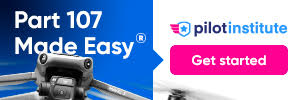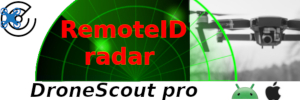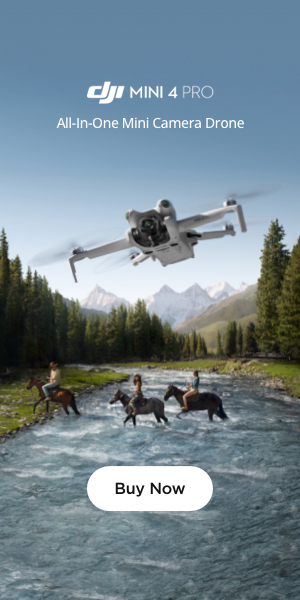In recent history, DJI's drones have always been favouring high ISO and high shutter speed rather than sticking to as low ISO as possible and lowering the shutter speed to compensate. I'd always found that puzzling.
The recommendation that most people give is to disregard the drone's poor auto-exposure algorithm and go with manual exposure instead, such as in this thread Why is it bumping base ISO100 even at shutter speed of 1/3000? .
As I found out, there is a very good reason as to why the drone does that: highlight recovery. In essence, DJI's exposure strategy usually tries to preserve at least 2-3 stops of highlights then bumps up the ISO to render a more balanced exposure. The result is a slightly noisier image but with less highlights being blown out. As a result, videos taken at higher ISO can be of better quality than lower ISO.
Here are screen grabs from a video taken with Auto ISO/SS at ISO 1600 and 1/500s (Pro mode):
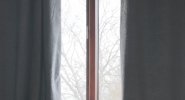
and here's the exact same scene with manual ISO 240 and 1/60s shutter speed:
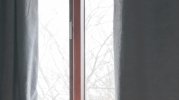
Notice how both highlight and shadow details are gone from the manual exposure one.
The loss of highlight details were due to the reason above, but the loss of shadow details were likely caused by the noise reduction algorithm (I use Sharpness -2, Noise Reduction -1) and the extra noise helped avoiding it.
I do not want to use Noise Reduction -2 since it causes unnecessary loss of details in general due to bitrate budget. NR -1 gives the best compromise for me in terms of detail retention.
So, as surprising as it is, ISO 1600's picture quality was a lot better than ISO 240. Many recent DJI sensors also have dual native ISO, so high ISO could still look very clean and is an extra reason why we should use Auto exposure with EV to compensate.
I have only tested the Air 3S, Mini 4 Pro, Avata 2 and Neo thus far, but all of them provide better picture quality with Auto ISO/Shutter speed enabled. The best exposure strategy would be ETTR with Auto ISO/SS, rather than manual exposure like with other cameras.
The recommendation that most people give is to disregard the drone's poor auto-exposure algorithm and go with manual exposure instead, such as in this thread Why is it bumping base ISO100 even at shutter speed of 1/3000? .
As I found out, there is a very good reason as to why the drone does that: highlight recovery. In essence, DJI's exposure strategy usually tries to preserve at least 2-3 stops of highlights then bumps up the ISO to render a more balanced exposure. The result is a slightly noisier image but with less highlights being blown out. As a result, videos taken at higher ISO can be of better quality than lower ISO.
Here are screen grabs from a video taken with Auto ISO/SS at ISO 1600 and 1/500s (Pro mode):

and here's the exact same scene with manual ISO 240 and 1/60s shutter speed:

Notice how both highlight and shadow details are gone from the manual exposure one.
The loss of highlight details were due to the reason above, but the loss of shadow details were likely caused by the noise reduction algorithm (I use Sharpness -2, Noise Reduction -1) and the extra noise helped avoiding it.
I do not want to use Noise Reduction -2 since it causes unnecessary loss of details in general due to bitrate budget. NR -1 gives the best compromise for me in terms of detail retention.
So, as surprising as it is, ISO 1600's picture quality was a lot better than ISO 240. Many recent DJI sensors also have dual native ISO, so high ISO could still look very clean and is an extra reason why we should use Auto exposure with EV to compensate.
I have only tested the Air 3S, Mini 4 Pro, Avata 2 and Neo thus far, but all of them provide better picture quality with Auto ISO/Shutter speed enabled. The best exposure strategy would be ETTR with Auto ISO/SS, rather than manual exposure like with other cameras.







